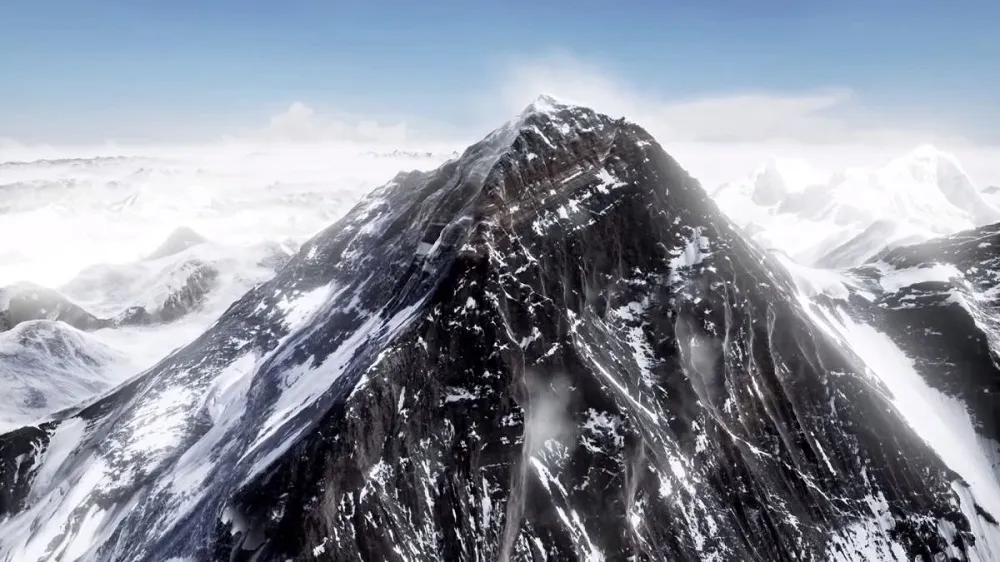Everest VR is one of the most impressive-looking upcoming VR games for several reasons, chief among them being its gorgeous visuals. From the picturesque recreation of Mt. Everest, to the promise for conquering the behemoth of a mountain and peering down from the top of the world, it’s sure to deliver a pulse-pounding and visceral VR experience utilizing the Granite SDK.
In a recent announcement, Graphine, a Belgian-based graphics middleware company, has licensed its Granite SDK, which provides advanced texture streaming and texture compression, to Sólfar Studios, the team currently creating Everest VR. In addition to Sólfar Studios, other developers are utilizing the Granite SDK in their projects, such as Larian, Oculus, Farm 51, Starbreeze, and more. Godling, for example, is using the Granite SDK for an upcoming sandbox VR adventure game in development for PSVR.
As you can see in the above video, Everest VR is about as accurate as you can get and that’s thanks to the fact that they used over 300,000 real-life photos to create the titular mountain in-game.
Aljosha Demeulemeester, CEO of Graphine, elaborated to me in an email about how the Granite SDK is used and why it’s such a big asset to VR game developers:
“Sólfar is using our Unreal Engine 4 plugin. Granite uses a technique called virtual texturing. This is an evolved form of Megatexturing that was pioneered by id software. Basically, Granite will divide the texture data into very small pieces during production and store that on disk in a highly efficient way. The middleware will then automatically load only those pieces during execution of the game that are actually visible. This way it can handle terabytes of texture data with very little memory (<1GB in most cases). It also removes loading times for texture data.
Larian used it to stream their 16K landscape textures. Our compression also allowed them to ship with over 50 levels, each with a unique landscape. And the SDK reduces memory usage by 80% for textures. Farm 51 is using Granite for Get Even. They are scanning existing environments and end up with super detailed but very large textures. Granite is making sure they don’t need to downscale their textures and throw away quality.”
Given the high processing demands of VR gaming, middleware technologies such as the Granite SDK could go a long way toward assisting developers in the creation of more visually impressive experiences.


























